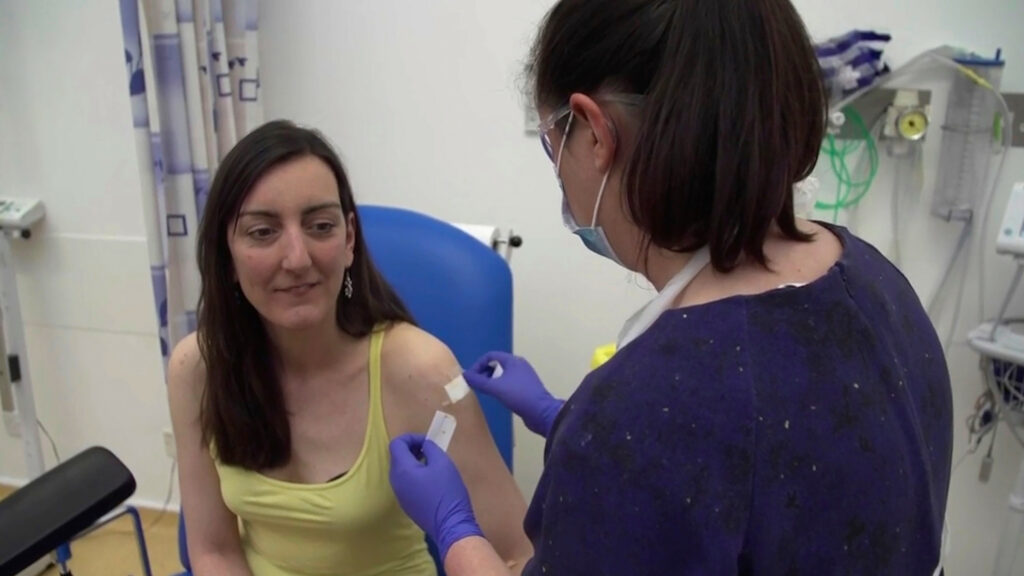Despite the fact that they are not easy to develop, vaccines can help end the coronavirus pandemic and the race to find one has officially begun, with 150 development projects currently ongoing worldwide.

In the UK, more than 800 volunteers at Oxford University are set to be given the first dose of a potential vaccine. Half will receive the COVID-19 vaccine, and half a control vaccine — not telling them which they are getting in order to avoid placebo effects.
The vaccine was created in under three months by a team at Oxford University. Sarah Gilbert, professor of vaccinology at the Jenner Institute, led the pre-clinical research. She said she was “80% confident” that the vaccine would work.
“Personally I have a high degree of confidence in this vaccine,” she said. “Of course, we have to test it and get data from humans. We have to demonstrate it actually works and stops people getting infected with coronavirus before using the vaccine in the wider population.”
The vaccine was made from a weakened version of a common cold virus from chimpanzees that have been modified so it cannot infect human cells. This is not the first vaccine created by the Oxford team, who had developed one against MERS, another type of coronavirus, using the same approach.
The only way for the experts to know if the COVID-19 vaccine works is by comparing the number of people who get infected with coronavirus in the months ahead from the two arms of the trial. That could be a problem if cases fall rapidly in the UK, because there may not be enough data.
“We’re chasing the end of this current epidemic wave. If we don’t catch that, we won’t be able to tell whether the vaccine works in the next few months. But we do expect that there will be more cases in the future because this virus hasn’t gone away,” Prof Andrew Pollard, director of the Oxford Vaccine Group, who is leading the trial, said.
As they have higher chances of being exposed to the virus, local healthcare workers have a priority to participate in the trial. Nevertheless, there will be a larger trial with about 5,000 volunteers, which will start in the coming months and will have no age limit.
The trial volunteers will be carefully monitored in the coming months. There could be some side effects on the first days after the vaccination, such as sore arm, headaches, and fever. There is also a theoretical risk that the virus could induce a serious reaction to coronavirus, which arose in some early SARS animal vaccine studies.
Scientists at Oxford are hopeful regarding the vaccine and they hope to have one million doses ready by September. If that happens, they will dramatically scale up manufacturing. Three other clinical trials have been approved worldwide since mid-March, with Chinese and US developers also working on vaccines.
Nevertheless, Roche, the Swiss pharmaceutical giant said a coronavirus vaccine will probably not be ready before the end of 2021. Vaccines need to be fully tested and approved, but then also manufactured and widely distributed, which takes time. That means scaling production for millions or billions of doses is not exactly a trivial task, especially in a struggling global economy. It will probably take months if not years before a sufficient part of the population is immunized and safe from the virus.
Vaccines are the most effective way of controlling the virus. Nevertheless, drugs are also being developed that could help manage the effects of the virus. There are also blood tests, which can determine whether someone has had COVID-19 and if they are likely to be immune to the virus.









